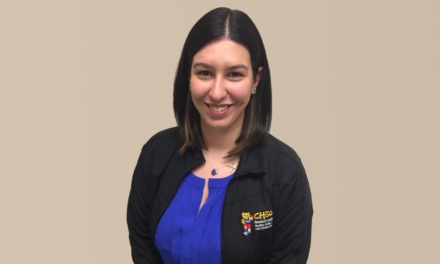Project Goals: Our goal was to enhance the quality of sport and recreation opportunities for all Ontario children by increasing the capacity of these sectors to identify children with physical deficits. Our project targeted children 8 to 12 years of age who have not yet mastered the “FUNdamentals” or are not yet “Ready to Train” (Canada’s sport development model stages for the 6 to 9 and 9 to 12 age groups, respectively).
Project Methods:
Objective #1: Achieve expert consensus on physical literacy screening tasks
Objective #2: Evaluate the accuracy of physical literacy screening tasks
Objective #3: Train REACH leaders to administer the physical literacy screening tasks
Objective #4: Establish the reliability of the physical literacy screening tasks
Objective #5: Build sport and recreation capacity
Results: Our work has increased knowledge about physical literacy among our partners from 5 important sectors for children’s physical literacy (Recreation, Education, Allied health, Coaching, Healthcare – REACH). We have successfully completed all five project objectives. We achieved expert consensus on new physical literacy screening tasks that would be feasible within each REACH sector. We identified 10 potential screening tasks that met the criteria established by our expert advisory group. These screening tasks were evaluated relative to the Canadian Assessment of Physical Literacy, which identified 2 screening task options that we expected would be optimal for identifying children at risk for physical literacy limitations.
Written training materials and training videos were developed for these two screening task options. REACH leaders administered the screening tasks to children in their respective programs. A re-evaluation of the physical literacy screening task data after completion of objective #3 indicated that the original options were very specific (identifying 91% of children with physical literacy scores < 10th percentile) but that many children (70%) who were struggling with physical literacy were missed. We then repeated the objective #2 measurements to compare these original screening tasks with potential additional tasks (PLAY Tools Run and Balance, Parent support of child’s activity question).
Two options were identified that had adequate specificity and sensitivity. If there is space to run, the PLAY Tools Run should be combined with a self-rating of activity. In settings with limited space, two questions about parent support for physical activity are followed by the wall sit test. Based on CAPL results, these screening tasks will correctly identify 90% of children with good physical literacy and 67% to 80% of children needing physical literacy support. The written training materials and videos were then revised to reflect our test results and feedback from the Delphi panel and the REACH leader survey.





